Greenland has become the unwitting focus of world attention as president Donald trump seeks to grab control of the huge Arctic territory. Euronews takes a look at the country’s potentially huge deposits of lithium, rare earth metals and other valuable mineral resources.
Danish Prime Minister Mette Frederiksen is set to visit Greenland on Wednesday as diplomatic relations between Washington and Denmark plumb new depths following vocal US signalling of its desire to take control of the self-governing territory of Greenland. But while president Trump continues to insist it is a matter of national security, he has made no secret of his interest in the vast Arctic island’s natural resources.
It may not be, as it appears on the standard Mercator projection map of the world, as big as Africa – but Greenland is in its own way becoming the object of a scramble for resources by covetous world powers, as Africa did at the end of nineteenth century.
The world’s largest island is equivalent to half the land area of the entire EU. And at 2.17m square kilometres, it is 25% larger than Alaska – which is itself by far the largest state of the US and currently the country’s only foothold in the Arctic region.
And it is rich. Not in the developed way of nearby regional petroleum superpower Norway, but in its potential reserves of raw materials dubbed ‘critical’ by Brussels – from staples like copper and cryolite to cobalt, lithium and a plethora of rare earth metals increasingly in demand for green energy and digital technologies. These have been called, not without reason, the ‘new oil’.
White Gold
At a rather inconvenient time for the Danish government, this year saw the release of a documentary film that claims Danish mining companies extracted the equivalent of tens of billions of euros worth of cryolite on Greenland’s west coast over 130 years, allegedly without putting much back into the local economy.
The area around the mine in question in Ivigtût (now Ivittuut) on the southern tip of Greenland, is being actively surveyed by the Australian company Eclipse Metals, which acquired exploration rights in 2021. The firm announced last week that it would soon have the result of drill core samples that it hopes will confirm significant deposits of rare earth metals.
But the historical mine – which has become a huge, flooded, circular pit since it closed in 1987 – is thought to be just the tip of the metaphorical iceberg of mineral resources in Greenland, whose accessibility is increasing as the ice literally melts.
In an annual report published at the end of January, the US Geological Survey put the estimated size of Greenland’s reserves of rare earth metals alone at 1.5 million tonnes.
‘Great potential’
The Geological Survey of Denmark and Greenland (GEUS) has been rather more effusive, announcing in 2023 that it had identified “great potential for critical raw materials in Greenland” as it released a detailed report.
“Many critical raw materials from the EU’s list can potentially be found in Greenland,” said the independent advisory body to the Danish Ministry of Climate, Energy and Utilities, referring to the Critical Raw Materials act identifying 34 essential elements, half of which are deemed to be of heightened geostrategic importance to Europe.
The US may have genuine security concerns over an area of the world that, viewed from above, is substantially encircled by Russia, Canada and Greenland. Norway has an Arctic foothold in the Svalbard Islands, opposite America’s in Alaska.
While US vice-president JD Vance’s visit to Greenland last week was ostensibly an inspection of a US army outpost – the locals having made it clear his entourage would not be welcome at any cultural events – his boss has made his intentions clear.
Jens-Frederik Nielsen, a former minister minister for industry and mineral resources, was named Greenland’s new prime minister just before the arrival of Vance and his entourage. He has already declared his country is not for sale, and will host Danish premier Mette Frederiksen as she arrives for her own official three-day visit.

 1 day ago
5
1 day ago
5

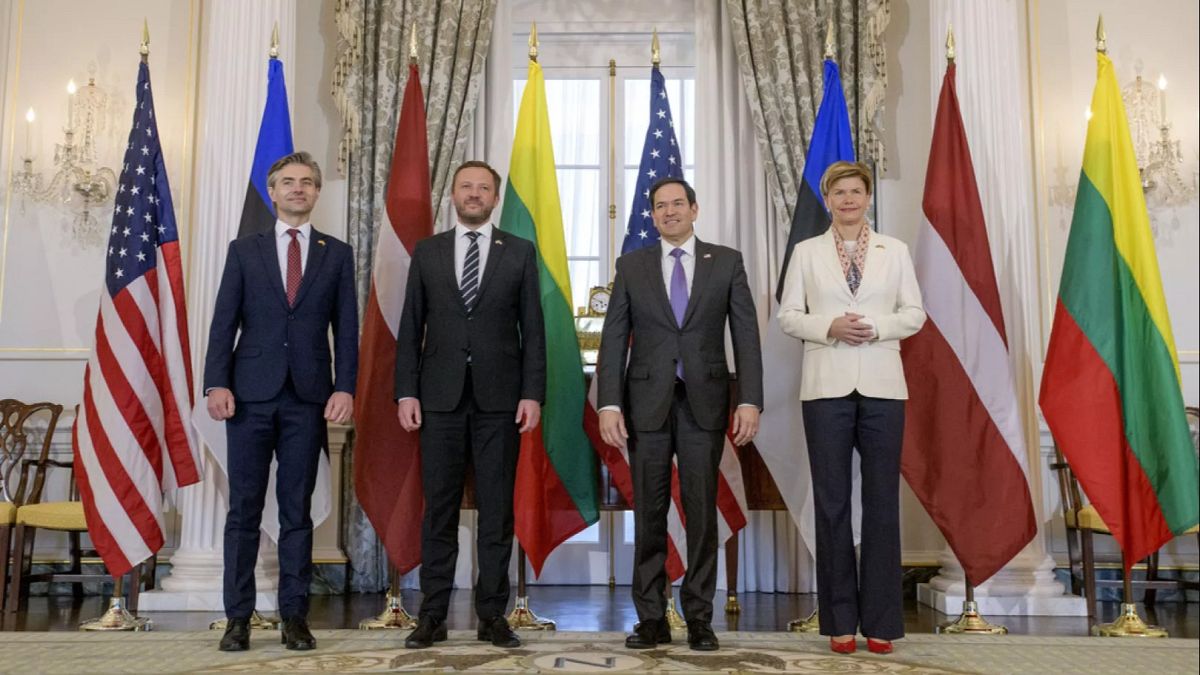
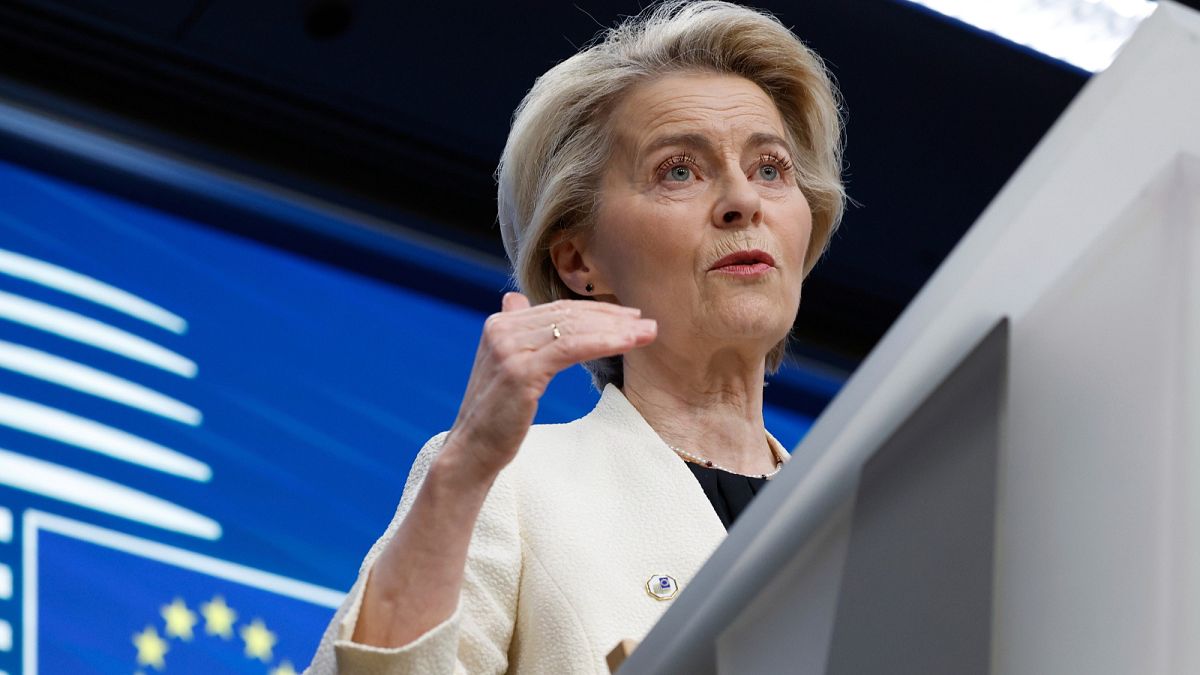

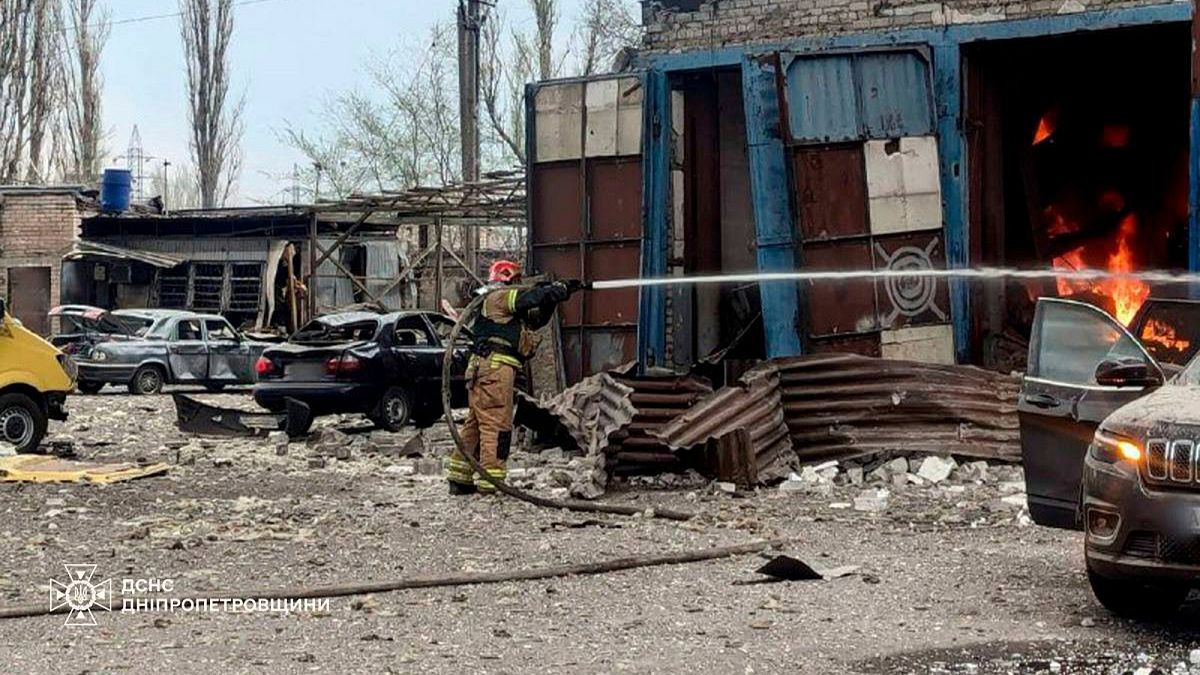
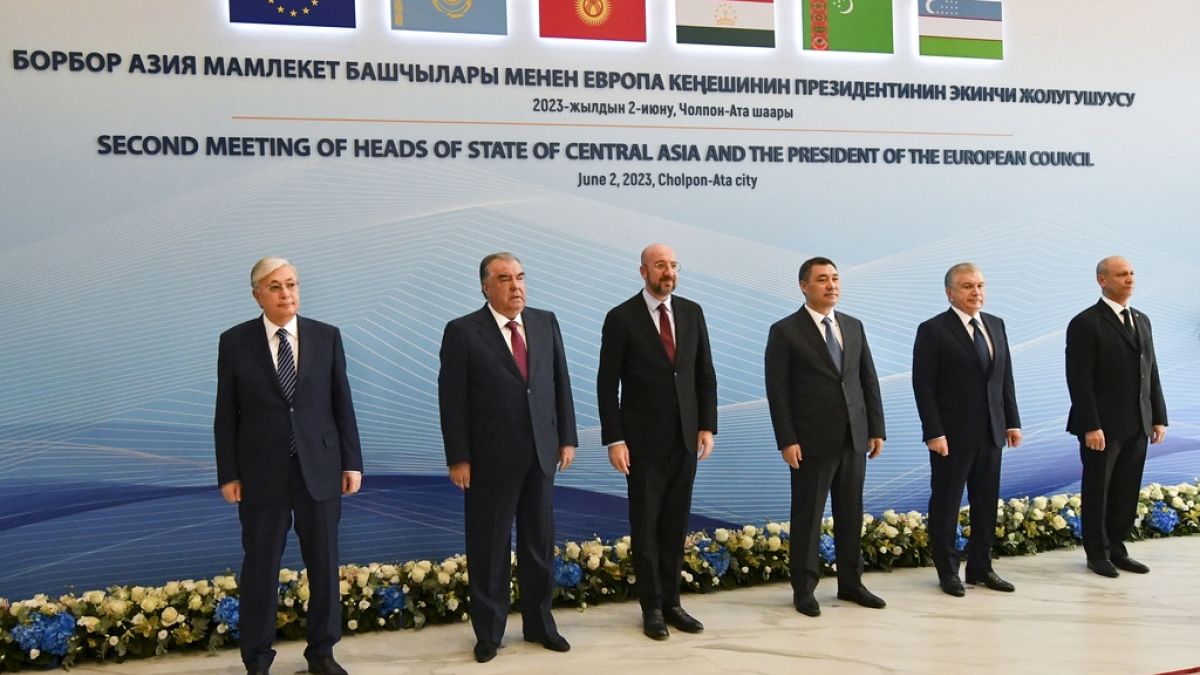
 We deliver critical software at unparalleled value and speed to help your business thrive
We deliver critical software at unparalleled value and speed to help your business thrive
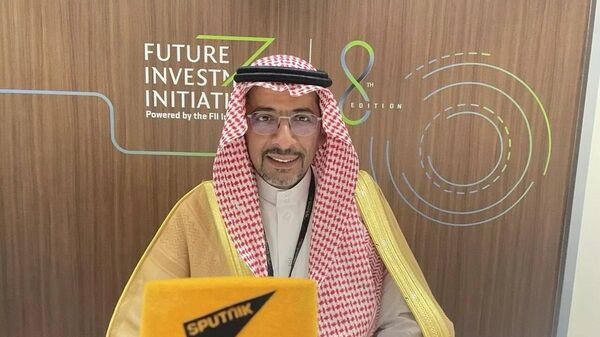
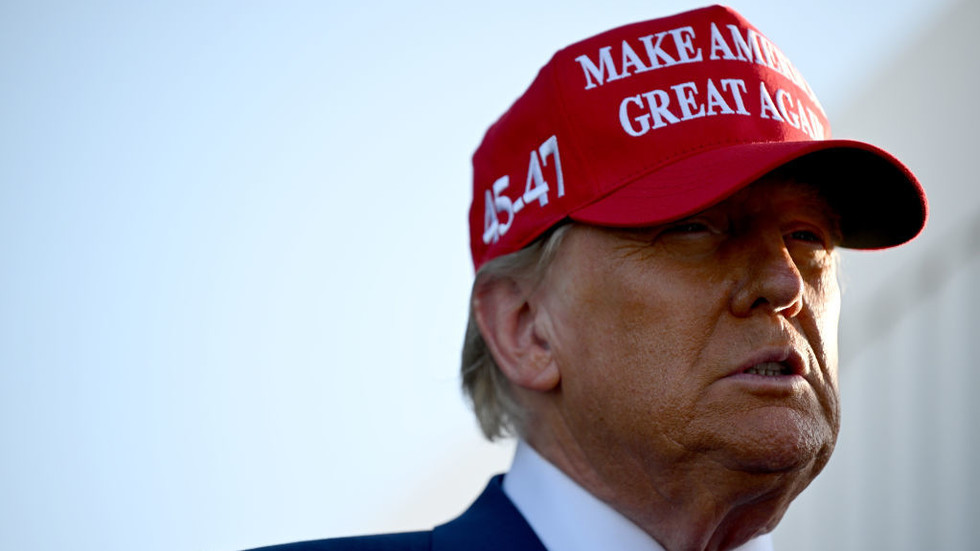
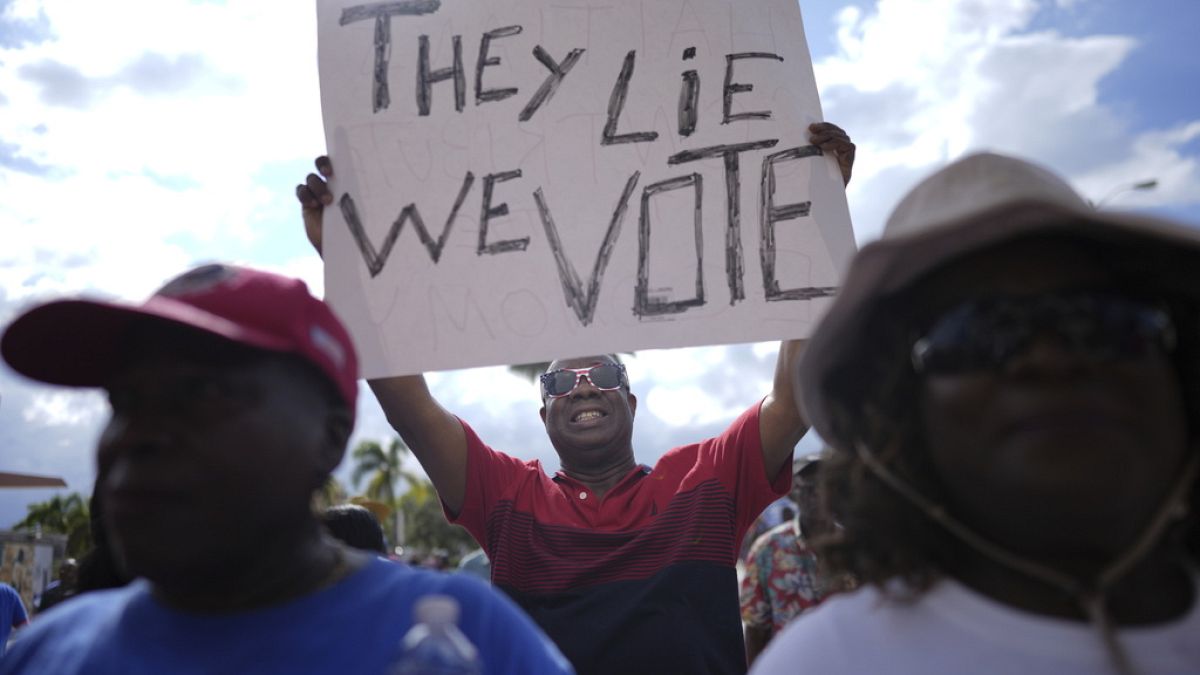
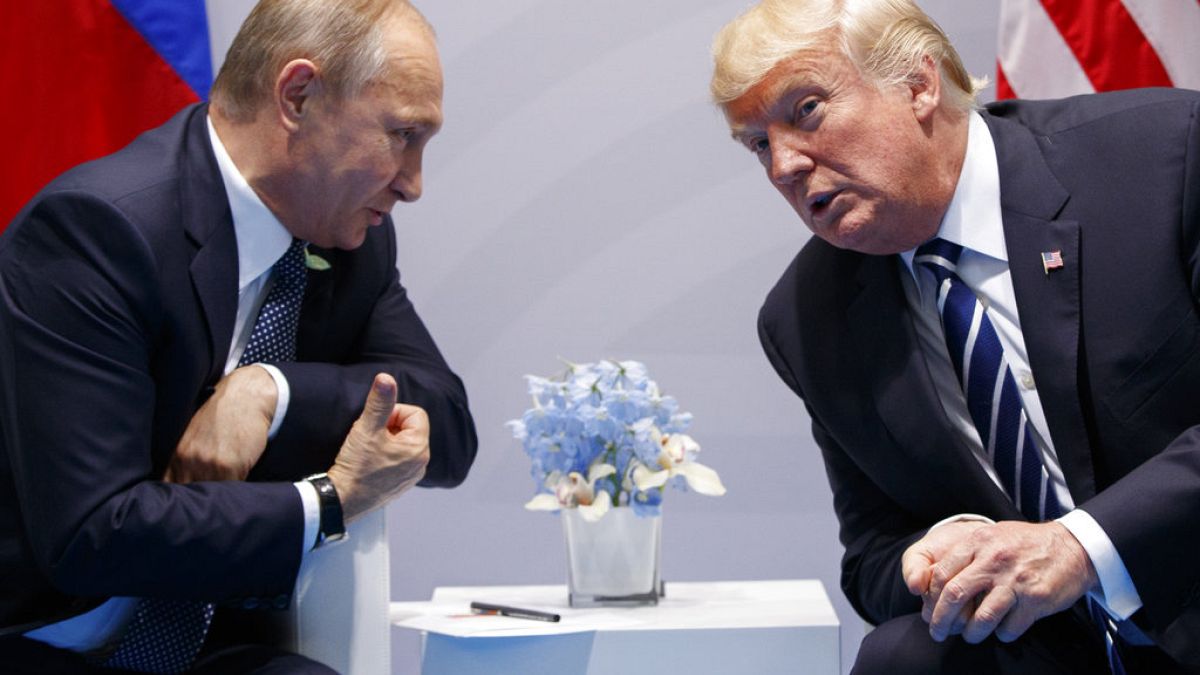
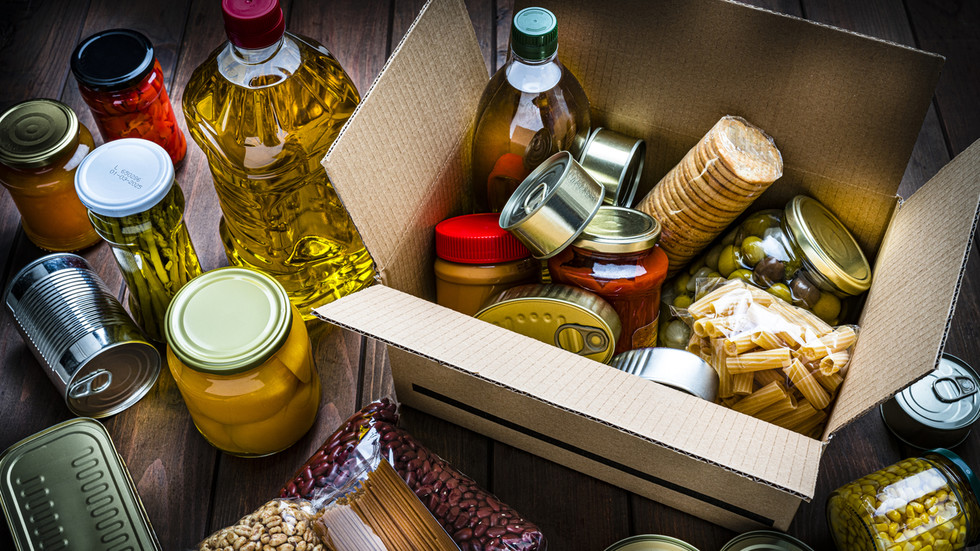

 English (US) ·
English (US) ·